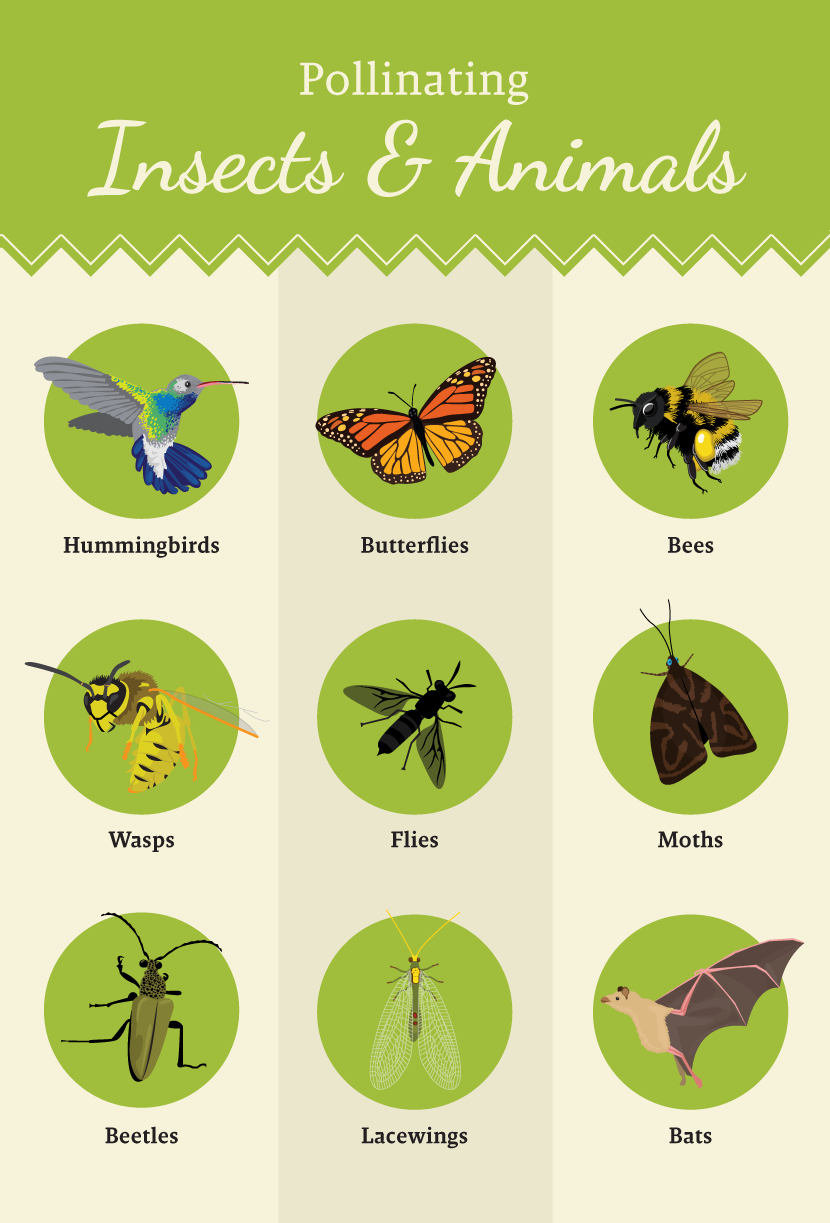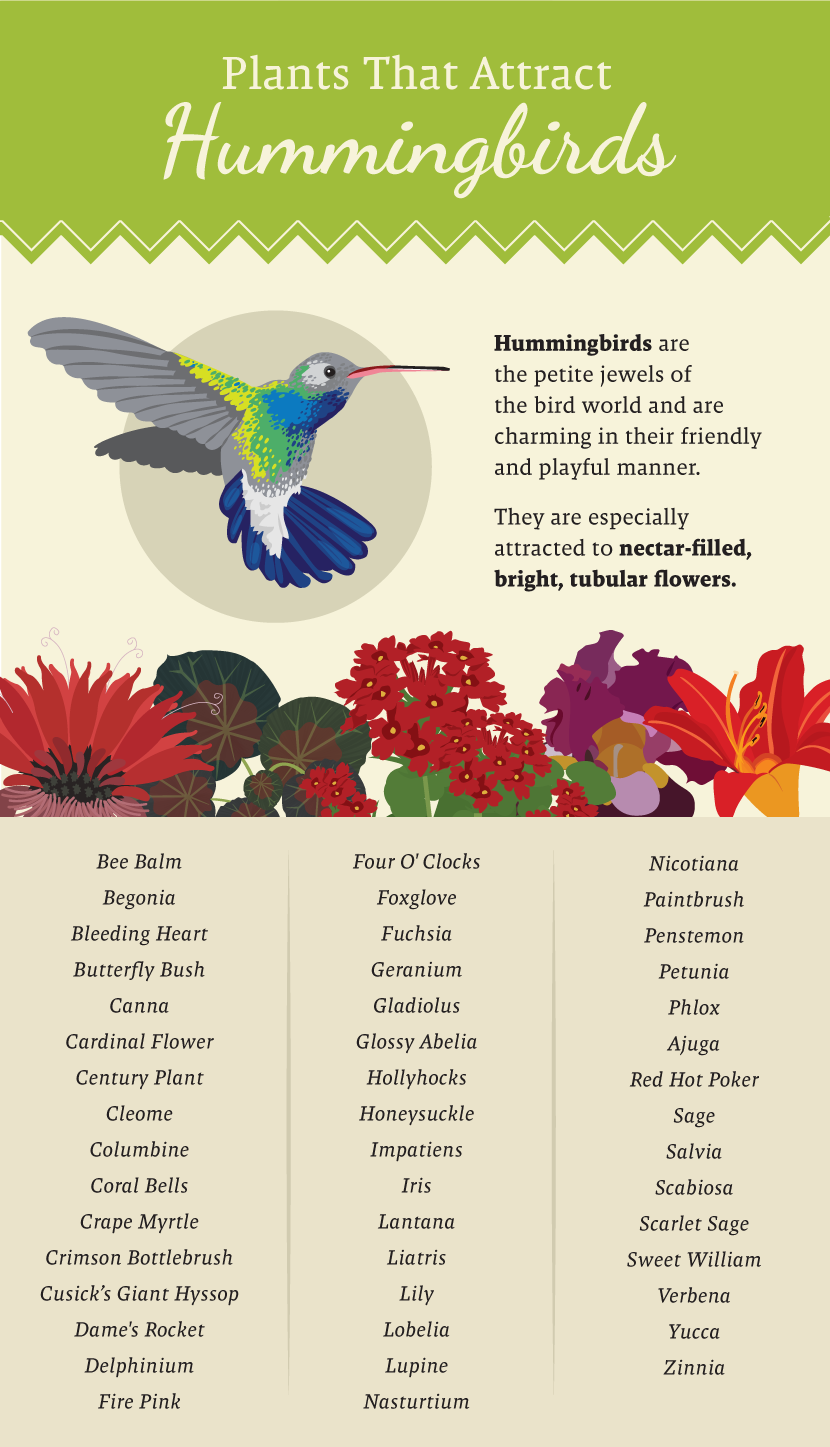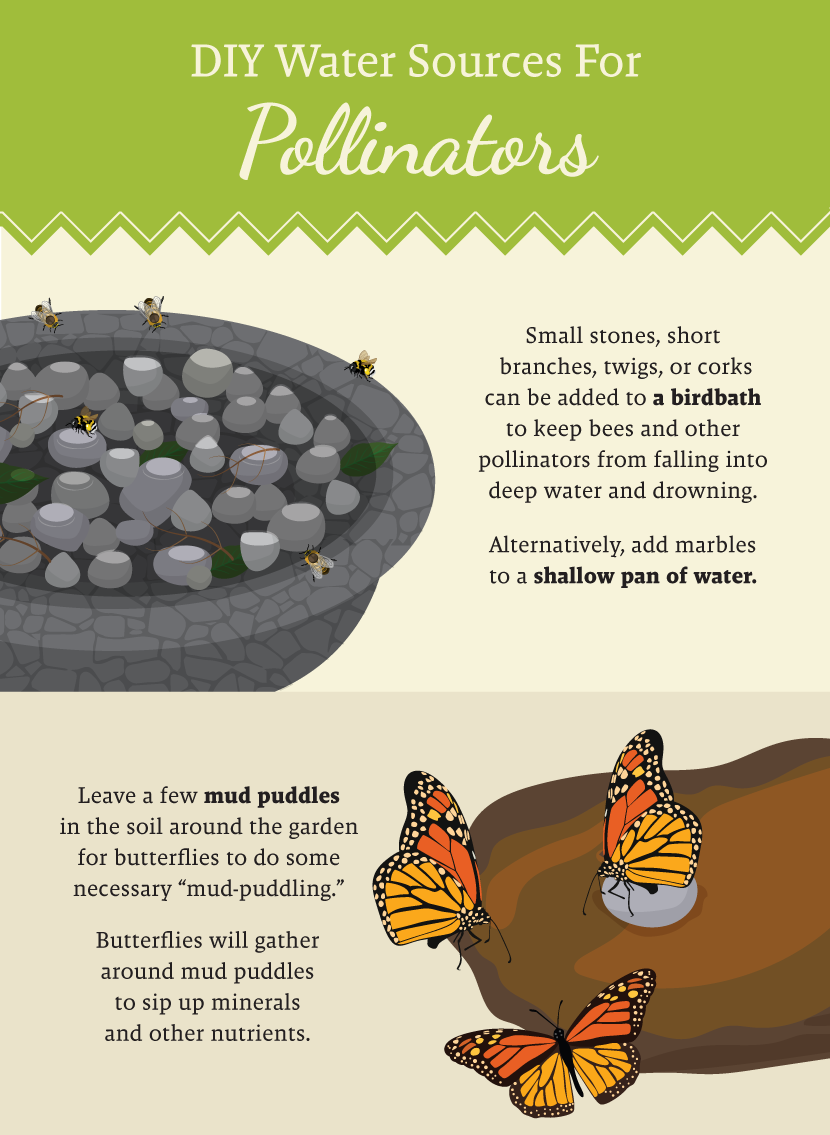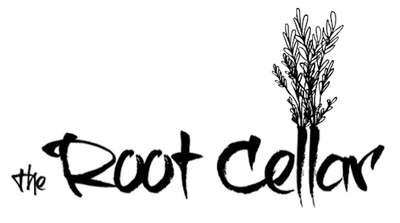Tips to Attract Hummingbirds and More!
Most gardeners realize how important natural pollinators are for our gardens. When it comes to human food and survival, pollinators such as bees, butterflies, wasps, flies, bats, hummingbirds, and so forth can be called true heroes. After all, pollinated flowers produce food: fruit, vegetables, nuts, and seeds. In addition, the seeds hold the future for those plant species.
Natural Pollinators and Our Food
So exactly how important are pollinators? Well, according to the USDA Natural Resources Conservation Service, about thirty-five percent of the entire world’s food crops depend on insects and animals, and three-fourths of the world’s flowering plants rely on natural pollinators for their very survival. That makes pollinators extremely important.

Tips for Attracting Pollinators to the Garden
So how do we get these insects and animals to show up and do what they do best? We can plant gardens and simply hope that pollinators crash the party, which can and does work (some of the time).
But we can also send out an engraved invitation and let them know that they are at the top of the guest list for our yards and gardens. There are many ways to set a welcoming stage for natural pollinators:
- Stagger the Blooms. Pollinators show up at various times of the season, so the ideal plan would be to have plants blooming at various intervals all season long, for example, in early spring, mid- to late spring, early summer, mid- to late summer, early fall, and mid- to late fall (depending on your region).
- Create a Diverse Habitat by planting a wide assortment of nectar- and pollen-rich plants. Blossoms with various colors and shapes present a veritable smorgasbord. Include pollen-laden, old-fashioned flowers and wildflowers. Be generous with food sources, and plant as many as possible. It’s easier for pollinators to spot large displays of flowers than a random blossom here and there.
- Give Their Kids a Home. They might show up for the food, but they’ll stay for their kids. Consider providing food sources for caterpillars (baby butterflies). Research the species that live in your area and plant for a baby caterpillar’s appetite. For example, monarch caterpillars need milkweed and black swallowtail caterpillars love fennel. Bats will take up residence in a bat house, and blue mason bees will raise their young inside a wooden block or stump with pre-drilled holes (of the correct size).
- Provide a Water Source. Most of your pollinating friends will need a water source. A birdbath that has some small rocks or a small pile of sticks in it is ideal. Small critters such as bees and butterflies need help to keep from drowning as they drink. Butterflies will also enjoy a few mud puddles around for some “puddling” time. Butterflies enjoy alighting next to mud puddles and sucking up the minerals and nutrients.
Honey Bees vs. Native Bees
Both honey and native bees have their human fan base in the gardening world. However, the truth is that they emerge at different times and they each specialize in specific plants. None of these bees compete with each other for available pollen resources. Rather, these industrious critters work in tandem to pollinate the plants in our world.
The following is a list of honey bee and native bee facts.
- We don’t have native honeybees in North America. Honeybees that we keep in hives for honey production are all imported from Europe.
- Honeybees are the only insects that produce food eaten by humans.
- Honey is the only food that includes all the substances necessary to sustain life, including enzymes, vitamins, minerals, and water.
- The honeybees’ sense of smell is so precise that they can tell the difference among hundreds of flower varieties, as well as which flowers carry nectar and which carry pollen, from meters away.
- There are approximately 2,000 to 6,000 bees in in a single colony – plus one queen.
- Female worker bees work for the entire six weeks of their lives, while the queen lives up to five years and lays up to 2,500 eggs a day.
- Male honeybees (called drones) have only one job: to breed. They die soon after inseminating a queen, as their abdomens are ripped from their bodies because they are still connected to the queen. Surviving drones (which have not yet bred) are driven from the hive during extreme winters if food become scarce.
Information on native bees:
- There are 4,000 native bee species in the United States.
- Most of our native bees are solitary bees and don’t live in hives.
- Some native bees fly in cooler weather. Therefore, they visit flowers earlier in the season and are more likely to pollinate early-blooming fruit trees.
- Native bees (and other insects and animals) do most of the pollinating. Honeybees supplement the pollinating work of the native pollinators.
- Like a mother hen, a queen bumblebee incubates her eggs while sitting in a little nest of straw. Her abdomen controls the egg temperature, which speeds up the development of her larvae. Even after they have hatched, the queen will keep her daughters warm until they are old enough to leave and forage for food on their own.
- The native blue mason (orchard) bee is a solitary bee that has no hive or honey to defend. Therefore, they are quite non-aggressive and gentle. Only the female has a stinger, and it’s rare for her to use it. Her “stinger” is an egg tube and holds no venom to inject.
- Bumblebees live in small colonies (compared to honeybees) of between 50 and 500 bees. They usually make their home underground in holes that have been abandoned by the rodents that originally made them.
Plants Pollinators Can’t Resist
The fact that flowers fascinate, delight, and amaze us humans is, quite frankly, a happy coincidence. From a plant’s point of view, flowers are a functional vehicle for reproduction. They have had millions of years to perfect their individual seductive flower style and pollinators are attracted to a variety of flower structures depending on the species. Planting a mixture of annual and perennial plants can help provide a diverse assortment of blossoms.
For example, a wide assortment of bees (honey and native species) are attracted to flat-and open flowers with easy access to the pollen, such as Queen Anne’s lace, zinnias, daisies, and asters. Monarda, larkspur, lavender, salvia, mint, and oregano will attract long-tongued bees and hummingbirds. Be sure to add some native plants to your pollinator garden. They are important to the survival of your regional native pollinator species.

Perennial Plant List for Pollinators
- Allium
- Aster
- Bee balm
- Blanket flower (annual and perennial depending on variety)
- Blazing star
- Borage (annual and perennial depending on variety)
- Butterfly bush
- Calendula
- Coreopsis (annual or perennial depending on variety)
- Cosmos (annual or perennial depending on variety)
- Daylily
- Delphinium
- Dianthus (annual or perennial depending on variety)
- Dill
- Fennel
- Flax (annual or perennial depending on variety)
- Four o'clock
- Gaillardia
- Geranium
- Giant hyssop
- Globe thistle
- Goldenrod
- Hollyhock (biennial)
- Hyssop
- Joe-pye weed
- Lavender
- Lovage
- Lupine (annual or perennial depending on variety)
- Marjoram (tender perennial)
- Mint
- Mullein
- Musk mallow
- Nasturtium
- Oregano
- Paint brush (annual or perennial depending on variety)
- Phlox
- Poppy (annual or perennial depending on variety)
- Purple coneflower
- Rosemary
- Rudbeckia
- Sage
- Scabiosa (annual or perennial depending on variety)
- Shasta daisy
- Skullcap
- Stonecrop
- Sunflower (annual or perennial depending on variety)
- Sweet Cicely
- Tansy
- Thyme
- Verbena
- Wallflower (annual or perennial depending on variety)
- Wild rose
- Yarrow
Annual Plant List for Pollinators
- Coreopsis (annual or perennial depending on variety)
- Cosmos (annual or perennial depending on variety)
- Dill
- Marigold
- Queen Anne's lace
- Alyssum (long-blooming annual)
- Basil
- Blanket flower (annual or perennial depending on variety)
- Borage (annual or perennial depending on variety)
- Dianthus (annual or perennial depending on variety)
- Flax (annual or perennial depending on variety)
- Lupine (annual or perennial depending on variety)
- Paint brush (annual or perennial depending on variety)
- Poppy (annual or perennial depending on variety)
- Scabiosa (annual or perennial depending on variety)
- Sunflower (annual or perennial depending on variety)
- Wallflower (annual or perennial depending on variety)
- Zinnia

Attracting natural pollinators to your yard and garden is especially helpful in urban and suburban areas where diverse plant species have been displaced by city buildings and homes. A garden with a diverse environment will keep pollinators happy and at home.

Source: Partselect.com

